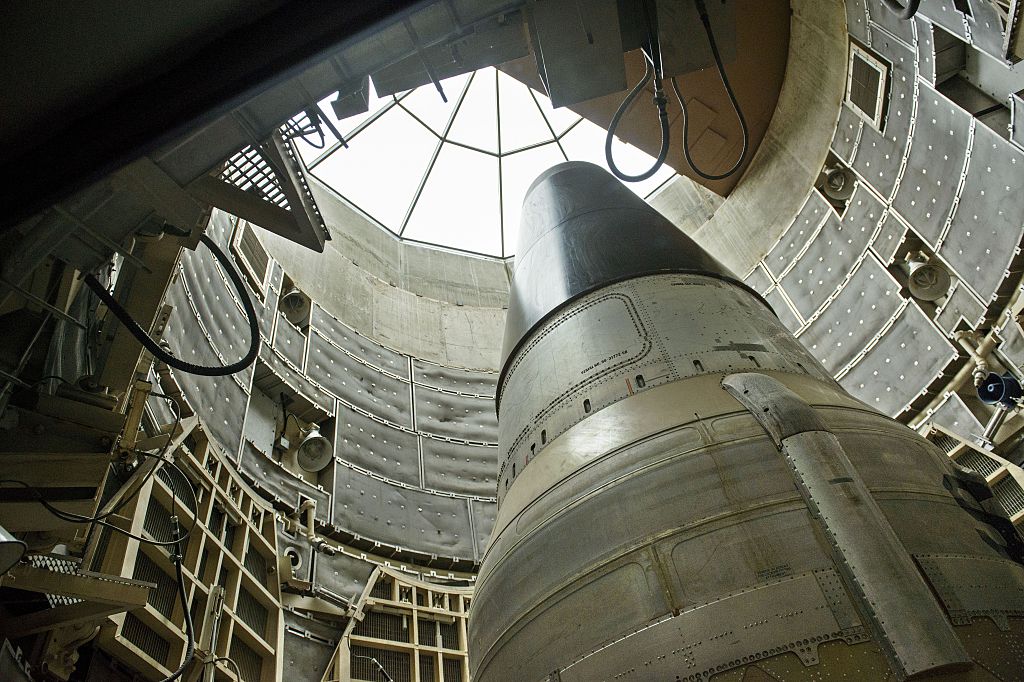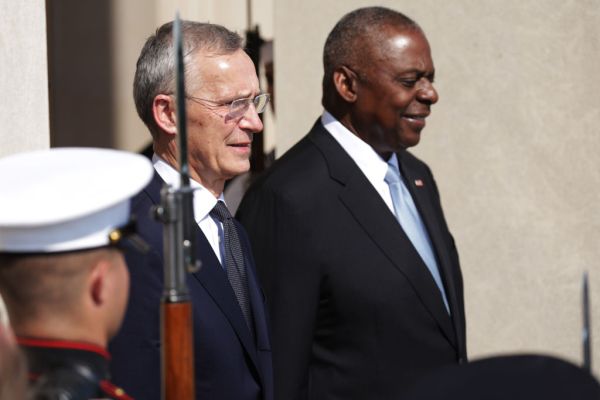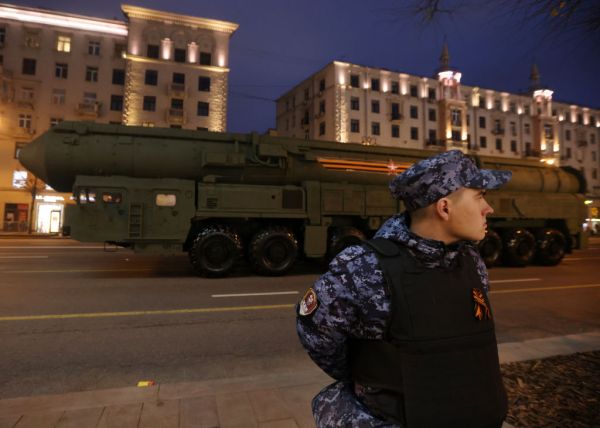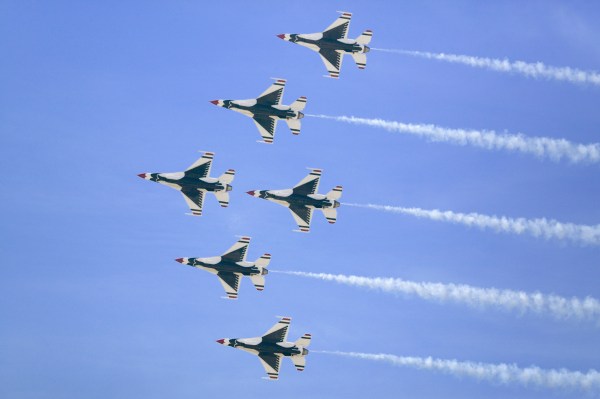Hello and happy Thursday! Let’s begin with an update.
Apple Suspends YMTC Deal
Apple is pausing its plans to use China’s Yangtze Memory Technologies (YMTC) to supply NAND flash memory for its devices. You’ll remember I wrote about Apple’s selection of YMTC in September, saying it was a bad call and should be reconsidered. Well, as much as I’d like to think Tim Cook read The Current and thought, “You know, this Klon guy makes a good point. We should kill this deal and thank him profusely for helping us to do the right thing,” I don’t think that’s what happened. Instead, this decision is almost certainly a response to the aggressive new export restrictions rolled out by the Biden administration. If you don’t know what I’m talking about (or if you had trouble with last week’s newsletter), you can read more here. Regardless, this is a good development and I hope Apple makes it permanent.
Like the overly serious parent coach who told his 8-10-year-old pee-wee football team, “We don’t celebrate in the end zone. Act like you’ve been there before,” I’m not interested in a victory lap or in embarrassing Apple. In fact, what I really want is for the company to grow and thrive responsibly. But I do hope the folks in Cupertino are starting to get the message and are finally willing to do the hard but necessary things to ensure the future of the company and of the nation.
Musk Extends Starlink Access in Ukraine
Early in the war in Ukraine, SpaceX and Tesla CEO Elon Musk volunteered his Starlink satellite service to help keep the internet on amidf Russia’s invasion. This service has proven vital to the Ukrainian military’s ability to communicate, collect and share intelligence, and even operate their highly successful drone operations. But recently, as these forces began to cross into formerly Russian-controlled territory, Starlink services began failing in and around Kherson, Zaporizhzhia, Kharkiv, Donetsk, and Luhansk—leaving these soldiers without essential capabilities and dangerously vulnerable to Russian counterattacks.
Soon thereafter, Ian Bremmer, analyst and head of the Eurasia Group, claimed Musk told him that he had personally talked with Vladimir Putin about “the minimum the Russian president would require to end the war,” implying the Starlink failures were tied to this conversation. Musk denied this report, saying, “I have spoken to Putin only once and that was 18 months ago.” Bremmer is standing by his original statement.
This is the context in which the billionaire inventor decided to begin renegotiating Starlink services in Ukraine.
The Wall Street Journal reports that SpaceX has sent more than 25,000 satellite terminals to Ukraine, but only 10,630 have been funded. Musk says this has already cost the company $80 million and is set to reach more than $100 million by the end of the year. Accordingly, Musk requested the Pentagon make provisions for funding these services soon. The Journal reports one senior military official responding as follows:
“It’s something that we’re discussing with SpaceX in terms of what potential support could be provided. … From a Department of Defense standpoint, we’ll continue to work with the Ukrainian Ministry of Defense to support them with their need for satellite communication capability to ensure that their forces have stable communications.”
Here’s What I’m Thinking (HWIT): Dude has a point. Even if you’re a multibillionaire capable of funding your own pet projects, like going to Mars, $80 million is a lot of money to just “eat.” While no one made Musk provide Starlink services in Ukraine, it’s also not reasonable to expect him to provide these services for free indefinitely. If this capability is essential for good guy efforts in Ukraine—and it is—then the U.S. government and others should find a way to pay for this and make it work.
Here come “freemium” defense capabilities. You know those games and apps that are free to use but have additional capabilities that require a subscription to access?? That approach of giving users a little for free in hopes of drawing them in to more paid services is called the “freemium” (free + premium) model and it works. It works because it helps overcome price-sensitive customers, doesn’t require expensive sales teams to drive, and feeds “bottom-up” discovery by end users. In the context of Ukraine, this trend becomes even more interesting. Companies like Google, Microsoft, Amazon, and tons of others have been shouldering cybersecurity, cloud computing, and other costs since the first days of the Russian invasion. While they certainly have a vested interest in securing their users in this and in other global hotspots, I also won’t be surprised if they start building business models around these efforts and seeking government contracts for their continuance. In short: What began as free offerings in the early days of conflict may soon become paid services as the war rolls on.
And I think I’m okay with that.
And now, for something fun (and a little bit dark).
How to Launch a Nuclear Strike
There’s been a lot of talk recently about “nukes” in the wake of Russian President Vladimir Putin’s follies in Ukraine. And, as Kevin Williamson said last week, I’m not sure all of these concerns are getting the attention they deserve. It also occurs to me that many of you may not know much about the process of how the U.S. president orders a nuclear launch in response to a Russian provocation or some other threat. So I thought I’d share some of the basic details. A caveat: I’ve obviously never participated in this process directly and, by definition, much of it is a highly guarded secret. But I did work counterproliferation issues in the intelligence community and some of the process is publicly known (if not acknowledged). Here are the broad outlines.
It all begins with the president. As the commander in chief, he or she alone has the constitutional power to authorize the use of nuclear weapons. And while some members of the military or government may refuse the president’s launch orders or resign in protest, the chain of command is designed with redundancies to ensure these orders ultimately will be carried out.
When POTUS wants to “make something glow,” he’ll begin by formally convening senior civilian and military advisers, including, among others, members of the National Security Council, the national security advisor, the chairman of the Joint Chiefs of Staff, and the military’s deputy director of operations in the NMCC (National Military Command Center)—the Pentagon’s global operations center that’s open 24 hours a day, seven days a week. The NMCC is where a launch order will actually be issued to strategic forces around the world.
Depending on time constraints, this consultation could take hours or just minutes. This is because land-based nuclear missiles could hit the U.S.in as little as 30 minutes and submarine-launched missiles could strike within 10.
Upon deciding to move forward, the president must then “authenticate” the order by correctly answering a “challenge code” from the NMCC. This would likely be some string of numbers and phonetic letters, such as “Romeo-3-Echo-9-Delta-Charlie.” And this is where the movies largely get it right: POTUS reaches into his or her pocket, pulls out a card in a plastic case, breaks it open, and reads a corresponding answer to the challenge—“Charlie-4-Zulu-8-Tango-Umbra.” Before we go on, a little more on this code card.
Often called “the biscuit,” this thing is supposed to be one of the most protected items in the world. It’s about the size of a credit card and is supposed to be carried by POTUS at all times, wherever he goes. But they’ve been routinely misplaced. Jimmy Carter is said to have accidentally sent his biscuit to the dry cleaner (we’ve all been there). Bill Clinton just plain lost his. And, when Ronald Reagan was shot, the FBI grabbed his clothing (and the biscuit) off of the hospital floor, sparking a brief panic for the military officer charged with keeping the codes safe.
Coincidentally, the National Security Agency’s (NSA) cryptologic museum has just unveiled some of the machines used to make the biscuit. The display includes a DEC Alpha server used to generate the codes and a MP37 machine that actually fabricated the sealed cards. Both machines were used as recently as 2019.
Once the president’s order to launch is verified, the NMCC issues a message to the relevant forces. This message includes a specific “war plan,” an identified time of launch, unlock codes for missiles, and a final authentication code. All of this is reportedly contained in an encrypted message that’s roughly the length of a tweet. Now the launch crews take over. Nuke tweet in hand, launch crews open safes and retrieve the sealed-authentication system (SAS) codes that were also prepared by the NSA. If the NMCC codes match the SAS codes, the launch moves forward.
If the mission calls for submarine-based missiles, they can be launched within 15 minutes of an order being sent. If land-based missiles are used, the launch can happen even faster (possibly within five minutes). Sub launches require the captain, executive officer, and two others to authenticate. Land-based missiles actually employ five two-man launch crews in multiple underground facilities. Each team gets the orders, compares the SAS codes, and programs their missiles accordingly. At the designated time of launch, the crews turn their keys and launch their missiles simultaneously. Only two teams need to turn their keys for the missiles to launch, so even if three teams fail or refuse, the attack will still occur. Once fired, the warheads cannot be called back (but they can be diverted or self-sabotaged up to a certain point).
So there’s that. Now you know the basics of how to launch a nuclear missile. Let’s hope we never have to use this process for real.
That’s it for this edition of The Current. Be sure to comment on this post and to share this newsletter with your family, friends, and followers. You can also follow me on Twitter (@KlonKitchen). Thanks for taking the time and I’ll see you next week!









Please note that we at The Dispatch hold ourselves, our work, and our commenters to a higher standard than other places on the internet. We welcome comments that foster genuine debate or discussion—including comments critical of us or our work—but responses that include ad hominem attacks on fellow Dispatch members or are intended to stoke fear and anger may be moderated.